The Optical Tube
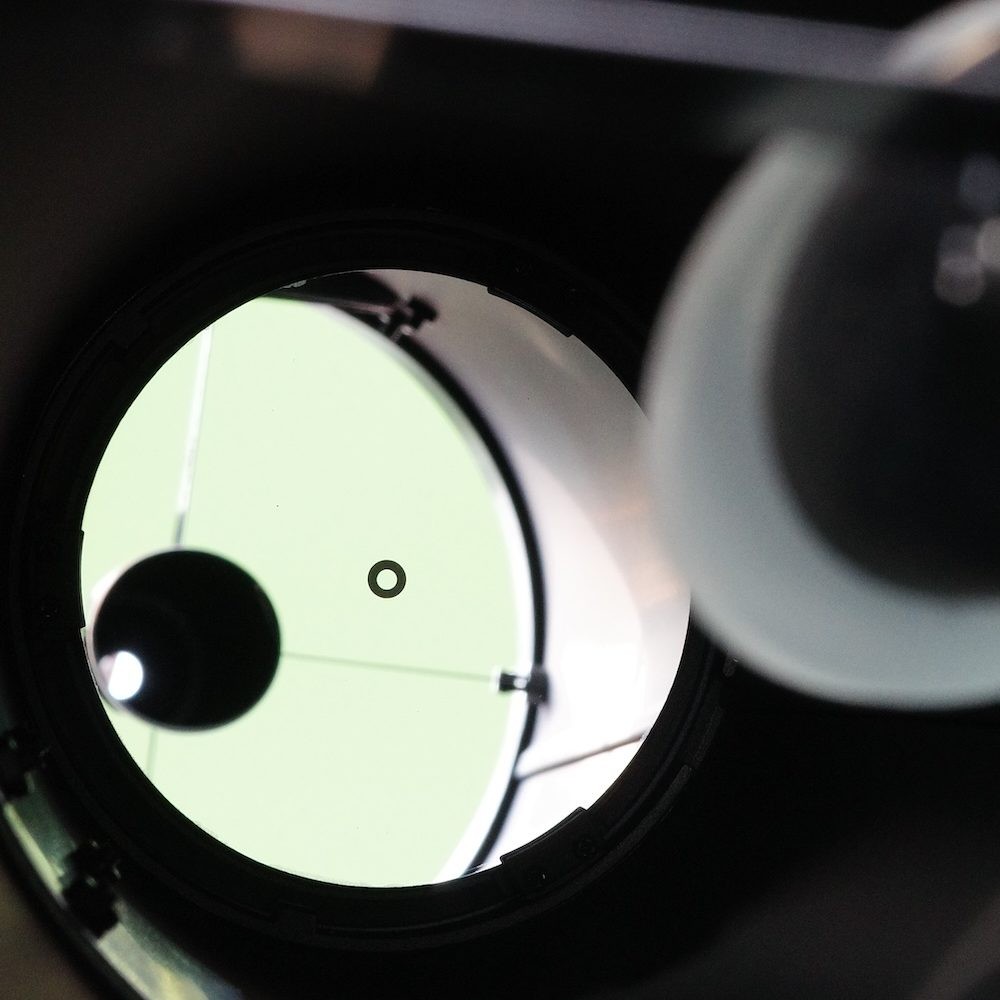
A fast Newtonian reflector such as the DX 130AZ with a focal ratio of f/5 expectedly shows coma at the edge of the field of view when we use a wide-field, 2” eyepiece. However, at such fast focal ratios, I believe the aberrations caused in lower-quality wide-angle eyepieces by the angle of the light rays are the bigger problem. This manifests mainly as edge-of-field astigmatism, which looks a lot like coma but actually has to do with the eyepiece used.
The included 1.25″ low-power eyepiece already gets you a field of over 2 degrees; a wider-angle 1.25” ocular gives you 2.5 degrees; and a 2” ocular could get you a nearly 4-degree field, albeit one tainted with coma.
The DX 130 AZ does have a 2” focuser, so you could use 2” wide-angle eyepieces along with a coma corrector with it, but I think this is somewhat overkill.
Collimation Requirements
Being a Newtonian reflector, the DX 130 AZ does need to be collimated. But whether I’ll actually need to make adjustments often really depends on how well I treat the scope. Collimation isn’t that difficult, but you will need at least a basic homemade collimation cap to do it.
The primary mirror, which is usually what I need to adjust, requires no tools. The secondary mirror is tilted with a hex key (not included).
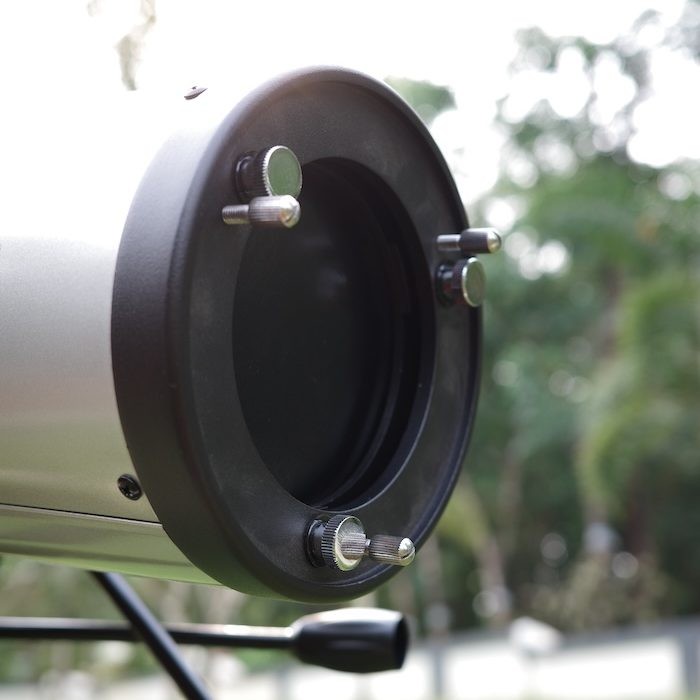
The StarSense Explorer DX 130 AZ attaches to its mount with a standard Vixen-style dovetail bar, which is a universally standard rail that fits many of my other astronomical mounts. But many such mounts don’t put the DX 130AZ’s eyepiece/focuser in a comfortable position, and I then need tube rings and a longer, separate dovetail bar to make the DX 130AZ optical tube comfortable to use.
Portability
When removed from its mount, the DX 130 AZ’s optical tube can be easily fitted into checked-in baggage but is a little too big to carry in a standard cabin-size suitcase.
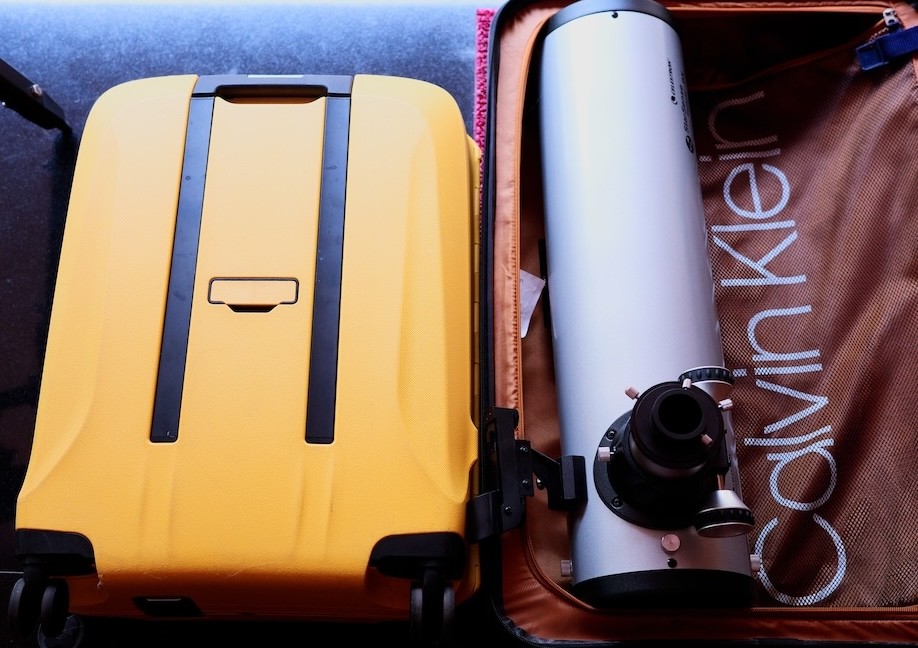
I could pick up the fully assembled telescope (mount and OTA attached) with a single hand, though I wouldn’t consider this to be the case with a child. The whole thing weighs about 19 pounds.
The StarSense Explorer Technology & App
The StarSense Explorer technology is essentially a simplified version of the popular astrophotography and research technique of plate solving.
The StarSense Explorer technology uses only a few snapshots of the sky (taken via my phone camera with a smartphone bracket attached to the mount) and then guesses where I’m pointed using my phone’s internal gyroscopes. The app has a catalog of thousands of deep-sky and solar system objects and will provide simple instructions for alignment and where I need to move the scope in the sky to locate my target.
Even a poorly set-up StarSense Explorer will have an accuracy of a degree (two full Moons) or less, which will get your target in the field of view at low power. With good alignment, I’ve even gotten an accuracy of ¼ of a degree or so.
Buy StarSense DX 130AZ from AmazonI’ve often noticed that the more well-leveled the tripod is, the more accurately the phone bracket is aligned to the scope. Also, when I updated to a newer iPhone 14 Pro from my few-year-old iPhone X, the accuracy of the StarSense Explorer increased.
Accessories
The StarSense Explorer DX 130 AZ comes with two mysterious, mostly-plastic eyepieces (usually marketed as either “Super” or Kellner variants), both of which are 1.25” and feature fields of view of around 55 degrees. These are, in fact, Konig eyepieces with glass lenses.
While their performance is not something I consider to be perfect for a fast scope like the DX 130 AZ, they are quite good.
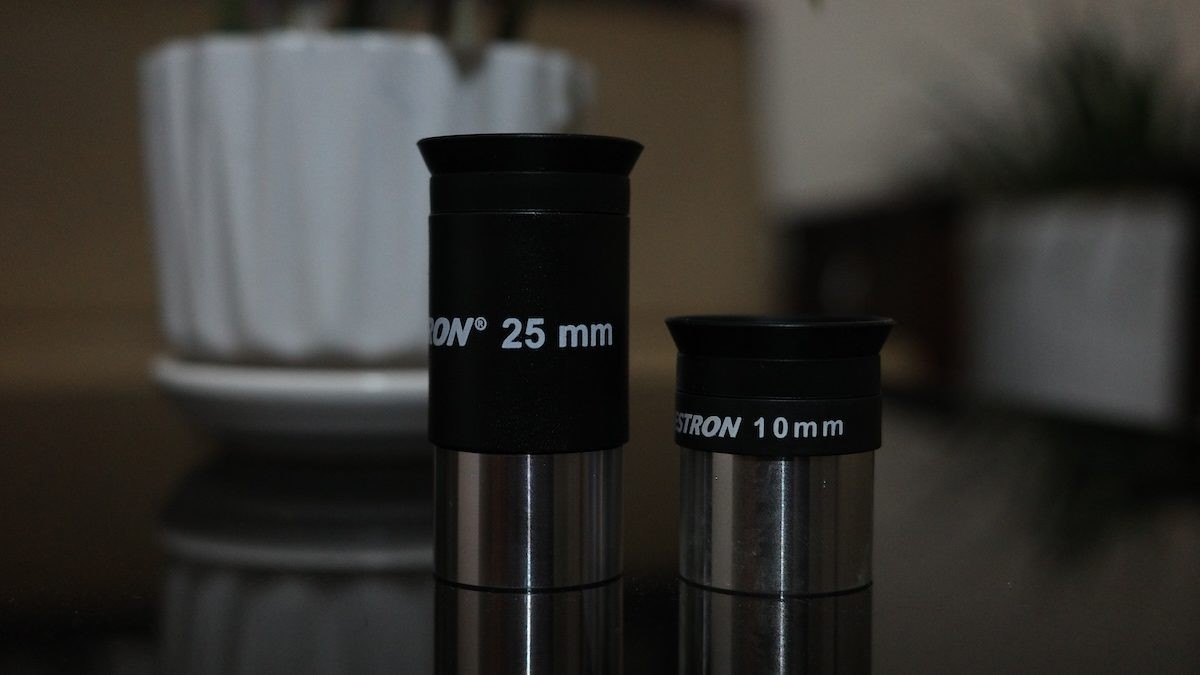
You’ll almost certainly want additional eyepieces—mainly at the higher end. I usually get optimal planetary views at 100x or above, and a 5” telescope can handle up to 250x magnification. But I’d say the two included oculars are a good start.
Any telescope needs a finder, even if it’s computerized, and the StarSense Explorer DX 130 AZ is no exception. A standard “StarPointer” red dot finder fitting into an interchangeable Vixen/Synta-type finder shoe is provided and works well for aiming the scope with or without the StarSense Explorer app activated.
Mount
The StarSense Explorer DX telescopes both use a simple, generic “AZ3” mount, sold, rebranded, and repackaged by several different companies, attached to a standard square-tubed aluminum tripod.
There are slow-motion controls on both axes. But making fine adjustments with them was difficult for me, as the gearing has a lot of slop and backlash. This takes some getting used to.
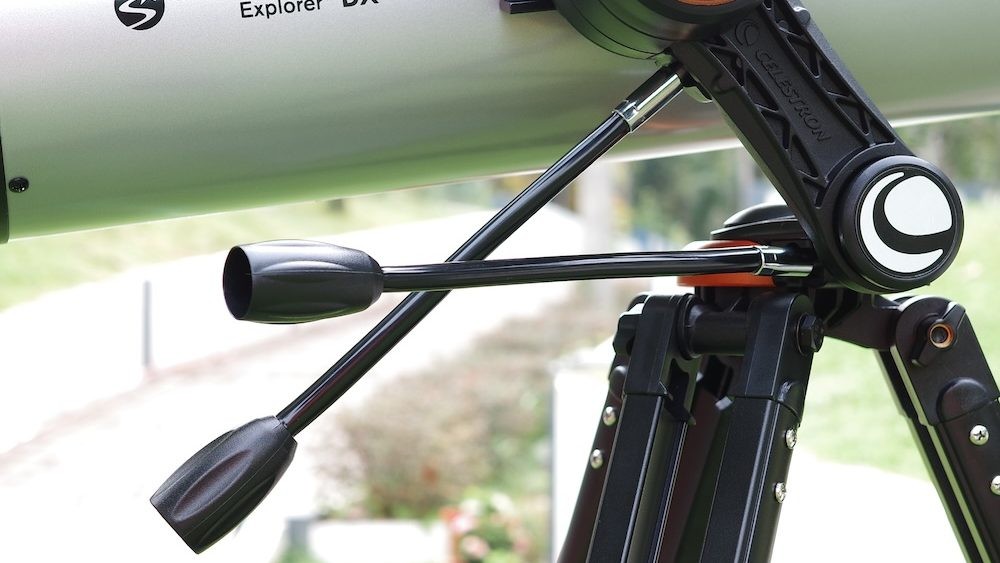
Extending the tripod legs also tends to make for a less-than-stable setup. I figured that keeping the legs retracted and observing while seated would be a good idea.
The tripod comes with a hefty accessory tray that’s actually useful, with plenty of room for your eyepieces, filters, flashlight, and other tools.
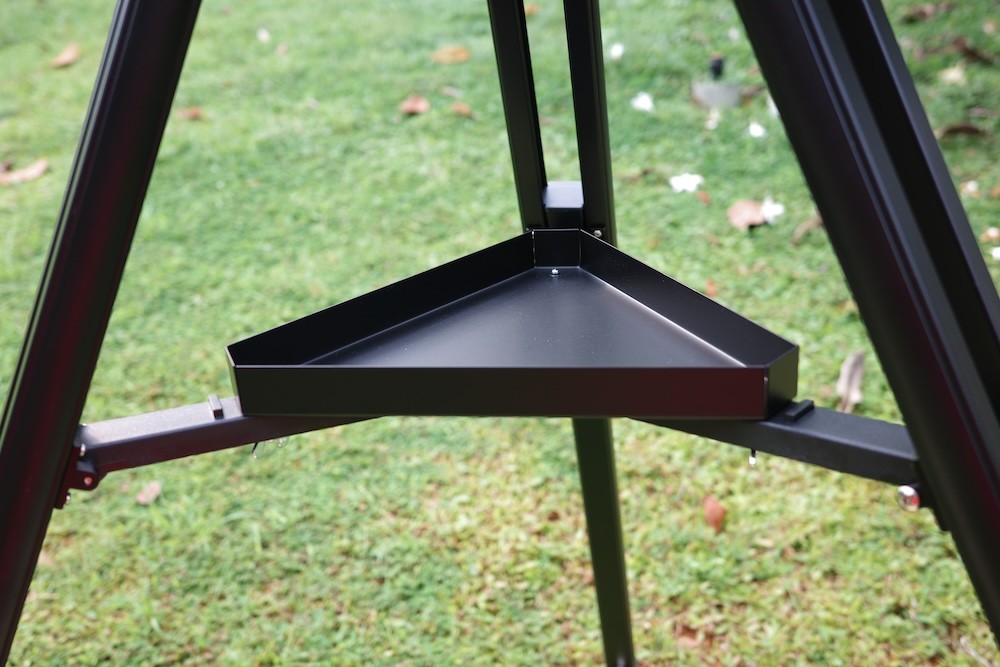
Should I buy a used Celestron StarSense Explorer DX 130 AZ?
The biggest issue with buying a used StarSense Explorer DX 130 AZ is that either the smartphone bracket may be missing or the unlock codes for the app have already been used. This makes the scope rather unpalatable, as it is essentially a naked 130mm f/5 reflector, and a tabletop Dobsonian of the same size and capabilities is a lot cheaper than even the typical used price rate for a DX 130 AZ.
However, provided the scope is properly equipped and the StarSense Explorer technology is usable, a lightly used scope is a good deal.
Be sure to check the condition of the mirror coatings, the condition and completeness of the accessories, and to avoid any tube with severe dents that impede it from being collimated or parallel with the mount’s altitude axis.
Alternative Recommendations
The StarSense Explorer DX 130 AZ is, of course, not the best in its price range when it comes to value. If you aren’t overly fond of the StarSense Explorer tech and tripods, consider one of the following:
- Fully computerized, best value, scopes in the similar price range:
The Sky-Watcher Virtuoso GTi 150P has more aperture than the DX 130 AZ and can be either pushed manually or slewed automatically across the sky using the SynScan or SkySafari app on your smartphone or used manually with no impediment to the GoTo functions. It also, of course, automatically tracks objects for you. The GTi 150P is also my favorite scope in the price range of the DX 130AZ.
A Virtuoso GTi 130mm f/5 version is also available with the same features at a marginally lower price with the same features.
- 6″ Dobsonian options in a similar price range:
If you must have something free-standing and don’t care as much about portability, a full-sized 6” f/8 manual Dobsonian such as the Apertura AD6 is a similarly good choice.
- Similar optical performance, but fully manual and significantly cheaper:
Those with a low budget who want similar performance to the DX 130 AZ might want to consider one of the Skywatcher Heritage 150P or 130P tabletop scopes.
- Monstrously valued scopes at higher budget groups:
If your budget is larger, the various 8” and 10” Dobsonians (including Celestron’s own StarSense Explorer 8” and 10” models) will blow away the DX 130 AZ or a 6” reflector with their huge apertures and simple mountings.
Aftermarket Accessory Recommendations
The StarSense Explorer DX 130 AZ, as previously mentioned, would really benefit from a high-magnification eyepiece for lunar, planetary, and double star work. One, in particular, stands out: the oft-cited 6mm “gold-line” or “red-line”, a well-designed and comfortable-to-use ocular that has a huge 66-degree apparent field and provides 108x magnification in the DX 130 AZ.
You could use an even higher magnification, very short focal length eyepiece like a 3.2mm planetary eyepiece (203x), but this often pushes against atmospheric conditions as well as the capabilities of a 5” aperture telescope and thus can have diminishing returns. A 15mm “red-line” or SVBONY wide-angle (43x) provides a middle ground between the included 25mm and 10mm eyepieces, which is good for deep-sky viewing.
You might also want a collimation tool for your DX 130 AZ; a simple Cheshire is more than enough.
The only panacea for light pollution—and thus getting the best possible views of nebulae and galaxies with your DX 130 AZ or any other telescope—is a full tank of gas to escape to pristine dark skies. But a narrowband UHC “light pollution” narrowband filter will improve your views of many nebulae, such as the Orion Nebula, and dramatically increase contrast on nebulae like the Veil or Horsehead, often making the difference between being able to see them at all or not.
What can you see with the Celestron StarSense Explorer DX 130?
A 130mm reflector can show you a lot, especially under dark skies, and the StarSense Explorer technology makes it very quick to find a lot of objects to see even in a short amount of time (though the longer you linger on a target, the more you’re likely to see).
The StarSense Explorer DX130 will, of course, show you the phases of Venus and Mercury, the ice caps on Mars, and the rings of Saturn. You’ll also be able to see lunar mountains, a few dark markings and dust storms on Mars’ surface, Jupiter and Saturn’s cloud belts, the Great Red Spot in Jupiter’s clouds and the Cassini Division in Saturn’s rings, and the four large Galilean moons circling Jupiter. The Galilean moons appear as tiny disks when they transit across Jupiter and have dark shadows following them as they simultaneously cast eclipses over Jupiter’s cloud tops. Saturn sports up to half a dozen moons.
In almost any telescope, Uranus is merely a greenish-blue fuzzy dot, and its moons are beyond the reach of only a 5” aperture. Neptune may be hard to distinguish from a star at all due to its tiny angular size, but you should be able to locate it with the StarSense Explorer app, and its moon, Triton, is just barely bright enough to be within the DX 130’s grasp under optimal viewing conditions.
The quality (and number) of deep-sky objects you can view with any telescope is, of course, dependent on your light pollution conditions. Even under light-polluted city skies, however, the StarSense Explorer DX 130 AZ can show you bright open and globular star clusters. Under suburban skies, or better, emission nebulae like Orion (M42) or the Swan (M17) come into their own, especially with a UHC filter, and open star clusters become jaw-dropping. A 5” telescope like the DX 130 AZ can also begin to resolve the outer members of the brightest globular star clusters like M13, M22, and M15, or show you dust lanes in galaxies like M31, M82, and M64. You’re not going to be seeing spiral arms in any galaxies, however, and even the most obvious details like dust lanes will be hard to spot under light-polluted conditions.
For really jaw-dropping—or at least recognizable—views of galaxies and globular star clusters, you do need a bigger telescope than a 130mm. It’s up to you whether to decide on using the StarSense Explorer DX 130 as a stepping stone up to those bigger instruments or to plunge right into a big Dobsonian at first—keep in mind that Celestron offers the StarSense Explorer tech with well-made 8” and 10” Dobs too, either of which will blow away the DX 130 under any conditions in all kinds of viewing.
Keep in mind that when first using the StarSense Explorer DX 130, you’ll want to make sure to set your phone screen to dim (and hopefully red) to preserve your dark adaptation and to always get away from any other nearby sources of direct light if you want to be able to see deep-sky objects in detail.

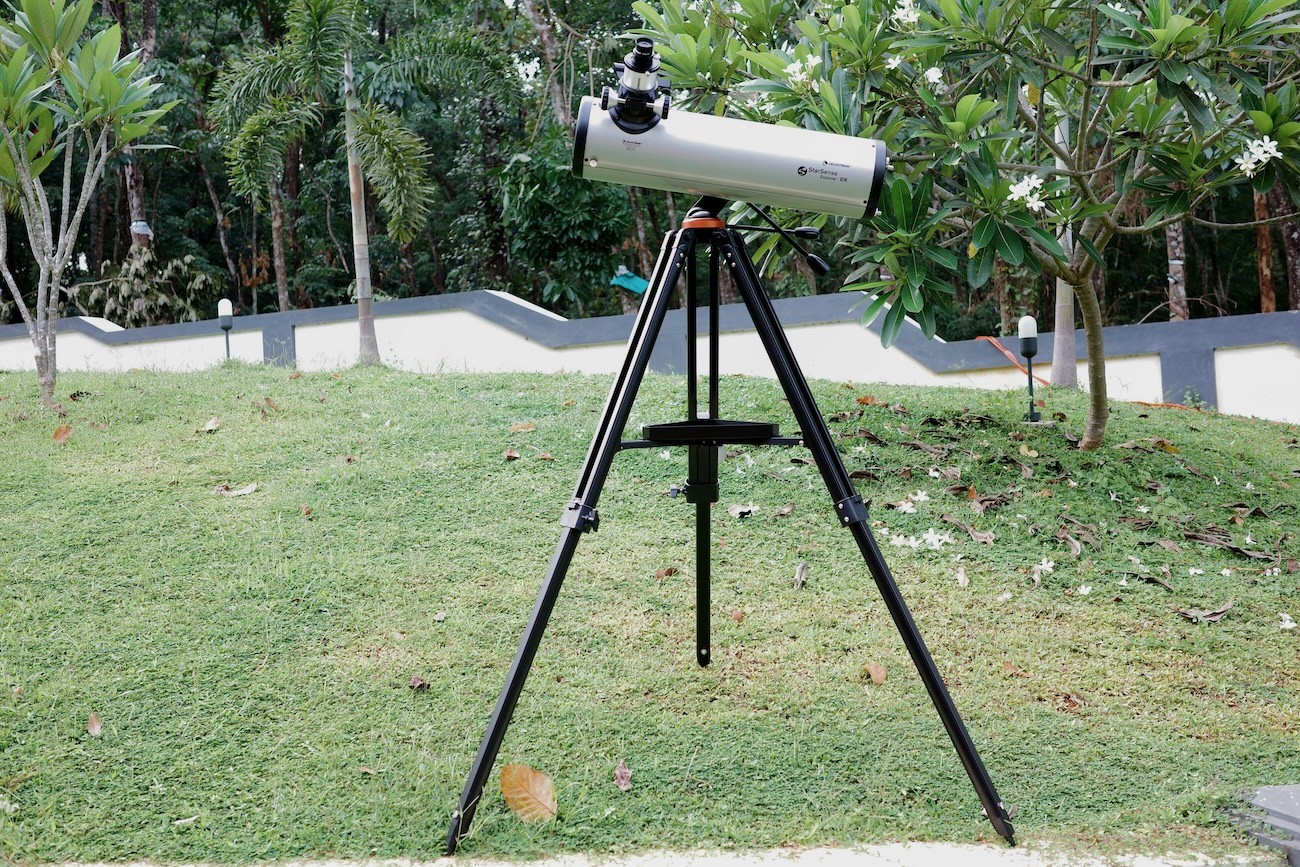
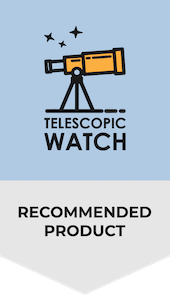

You forgot to test how high this what looks to be likely tweaked terrestrial telescope mount allows pointing telescope.
After all celestial objects are at their best as close to zenith as possible to minimize brightness decrease and image distorting effects of atmosphere.
So for astronomical telescope mount which can’t point telescope high is plain bad excrement of marketing department.
It can aim at the zenith no problem.
Hi Zane. I appreciate the reviews. I am with a club that does a lot of outreach. Personally I bought into the StarSense Explorer in March 2020 with the 80az model. I in fact sold the scope later on and have been using the cradle on a number of scopes including a 28″ F/4.1 Dobsonian giant. Attaching one is as easy as bending a piece of 0.062″ aluminum to the correct angle and fastening it to the scope…then use large binder clips to attach the cradle.
Originally the object lists were more appropriate for the smaller scopes in the original product line of 130, 102, 114 and 80 mm scopes. I have to say that it has been a whole ‘nuther app since the 8″ and 10″ Dobs were added. Even before the upgrades to the lists I could find objects not listed as they appeared on the screen and app would point you to any star or object it displayed.
This technology is not just for beginner’s but it is definitely the ‘killer app’ for learning the sky if you get the bug.
I have it on my 14. It is quite useful
Ed Ting says the focuser is 2.25in and 2in eyepieces will drop into the OTA.